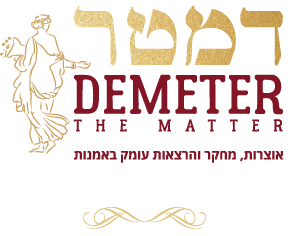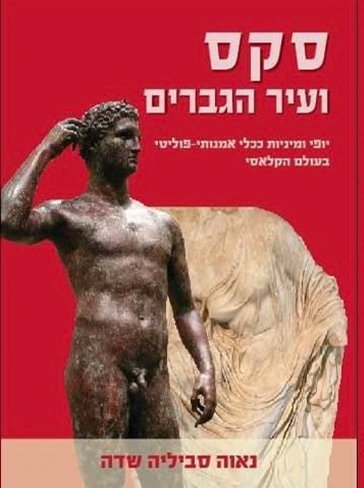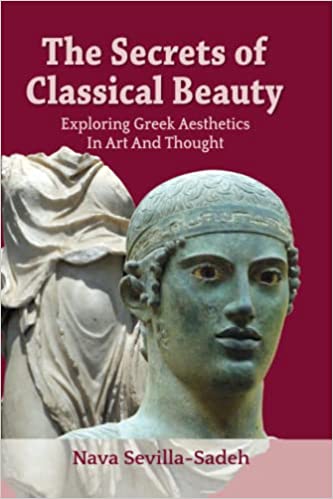“Who Are You, Beautiful Woman? The Mona Lisa from Sepphoris in the Light of Epicureanism and Neo-Platonism”, CLARA – Classical Art and Archeology, Vol. 3, 2018, pp. 1-24
Nava Sevilla-Sadeh, “Who Are You, Beautiful Woman? The Mona Lisa from Sepphoris in the Light of Epicureanism and Neo-Platonism”, CLARA – Classical Art and Archeology, Vol. 3, 2018, pp. 1-24

The “Mona Lisa”, The Dionysian Mosaic, Sepphoris, around 200 CE, Public Domain wikimedia.org/wiki/File:Mona_Lisa_of_the_Galilee_large.jpg
Abstract
The identification of the image known as the ‘Mona Lisa’ portrayed in the floor mosaic from the Roman Dionysian villa at Sepphoris has been much debated in the study of Roman mosaics. This figure has been variously identified as Aphrodite, due to the image of Eros hovering next to her; as symbolising the virtue of modesty, in relation to the apparent wine-drinking contest in the main emblem; as the ‘woman of the family of the house’, reflecting a sense of proportion, modesty, chastity, and propriety; and as the embodiment of Happiness, eudaimonia, ‘the mother of all virtues’. However, due to the tendency of ancient art to generalization, and following a new reading of the overall mosaic, the argument presented here is that this figure features within a religious and philosophical context and not a moral one, and should, therefore, be perceived within a broader context of Roman thought. The contention here is that the issue at stake is not the identification of this figure as a specific woman, but of the spirit that she conveys. The two main worldviews that seem to be embodied by this image are Epicureanism and Neo-Platonism. This argument is examined here through a discussion of Epicurean and Neo-Platonic principles and an examination of the metaphorical significance of the image of Eros as a key figure. It is compared with images in the Orpheus mosaic from Jerusalem exhibited in the Archeological Museum at Istanbul, as images that echo symbolically the main emblem.



